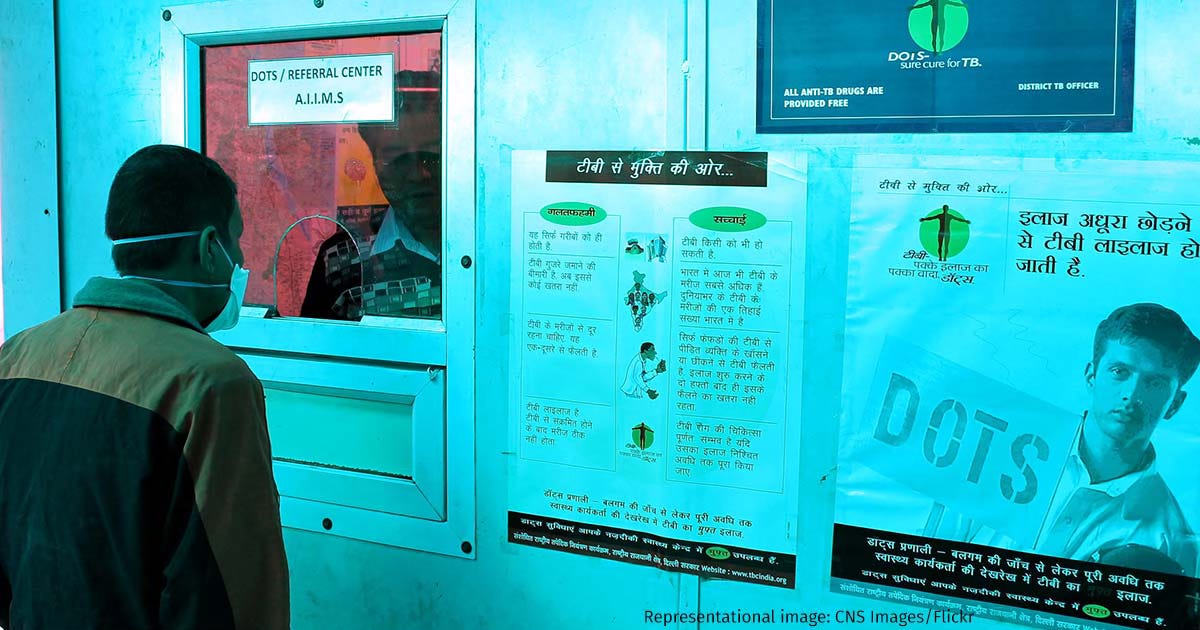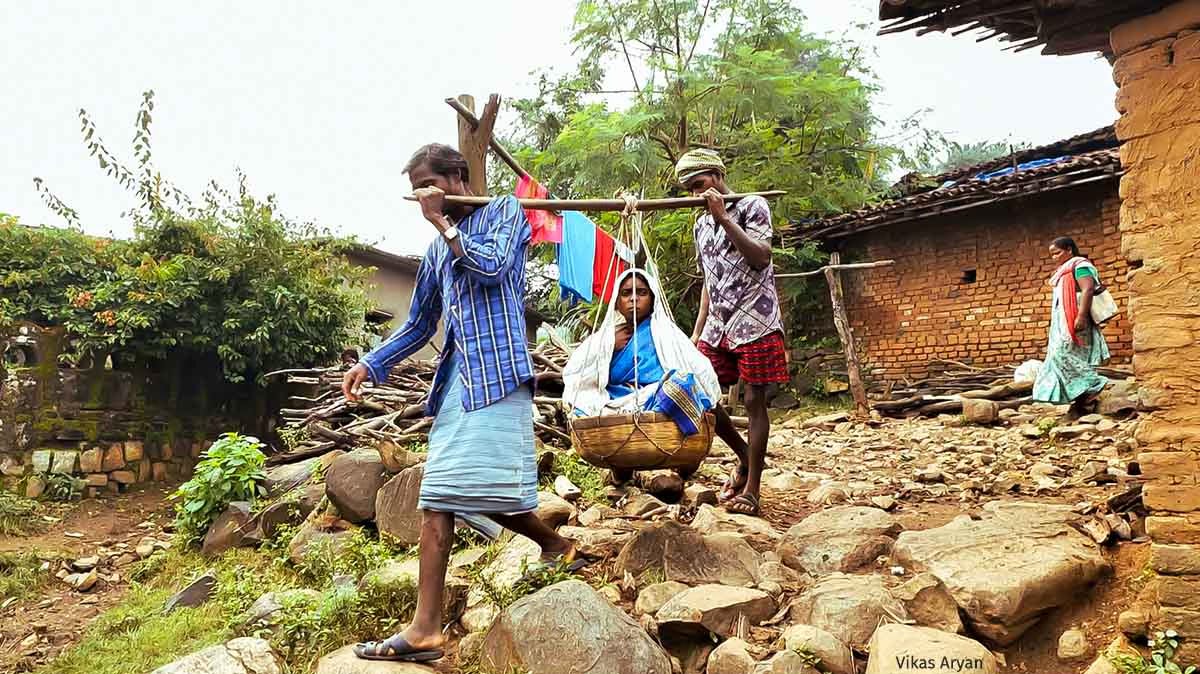The Actual, and Human, Costs of TB
Also this week, Jharkhand's struggles with healthcare access, and southern states' concerns on tax share and representation
Nitin, the robust, healthy son of a Mumbai rickshaw driver, was diagnosed with TB in 2021. The family spent Rs 72,000 just on hospital stay and related expenses—but it didn't help, and Nitin wasted away. "I shrank to 30 kg," he said.
Nitin's story is emblematic of a larger problem—the crushing weight of illness and financial burden that TB patients bear across the nation. A groundbreaking study by the ICMR's National Institute of Epidemiology reveals the stark reality: nearly half of TB-affected households face catastrophic costs, spending more than 20% of their annual income on treatment. The median treatment cost, the study found, was Rs 32,000.
The study explores the stories of 1,407 patients across 11 states to tell the story of families dissolving their savings and taking high-interest loans merely so that a member of the family could survive. The poignancy is underlined by the fact that TB creates generational ripples—Nitin's family is reduced to watching helplessly as the disease claims new victims, including a two-year-old child. Menaka Rao reports.
Birth day blues for Jharkhand's tribal women
26-year-old Amarmuni Nagesia's journey to motherhood is the frustrating tale of how, for large sections of India's underprivileged, modern healthcare remains frustratingly out of reach. On a November morning, the Jharkhand native gave birth at home with only neighbors to help—the nearest medical center is a grueling four-hour trek away, through treacherous forest terrain.
Earlier in her pregnancy, Amarmuni's father Sukhdev and fellow villagers carried her in a makeshift bamboo sling through the forest, hoping to reach the hospital before nightfall for a crucial checkup. This is not an isolated story, but one that resonates across India's tribal regions where every sixth child is born without the benefit of professional medical care.
In Gwalkhar village where the Kisan, Korwa, and Birija tribes have their ancestral homes, such journeys represent both human resilience and systemic failure. While vote-getting promises of mobile medical units and improved access mark the election season, mothers like Amarmuni continue to navigate pregnancy without basic healthcare. Their stories, reported here by Anand Dutta, are a testament both human adaptability and institutional neglect. (You can read this story in Hindi here.)
Damned if you do, doomed if you don't
Southern states face a conundrum: by acting responsibly in the face of India's population explosion, they have shot themselves in the foot, both financially and politically.
The story unfolds through numbers: while southern states have successfully controlled their populations, with fertility rates falling dramatically from around 4 children per woman in 1971 to below 2 today, this achievement may come at a cost: success in stabilizing population growth may diminish the states' ability to provide for, and to advocate for, their people's needs.
Tamil Nadu Chief Minister M.K. Stalin voiced growing concerns that southern states, despite contributing over a quarter of India's direct taxes and 28.5% of GST revenue, receive only 15% of the central tax pool. The disparity could deepen after the 2026 delimitation, potentially reducing their parliamentary representation.
Compounding this is the fact that states like Kerala, which lead in population control with fertility rates of 1.8, face the challenge of an aging population and reduced workforce, which in turn requires greater governmental investment. All of this, reports Nushaiba Iqbal, raises fundamental questions about balancing demographic achievements with political representation in the world's largest democracy.





